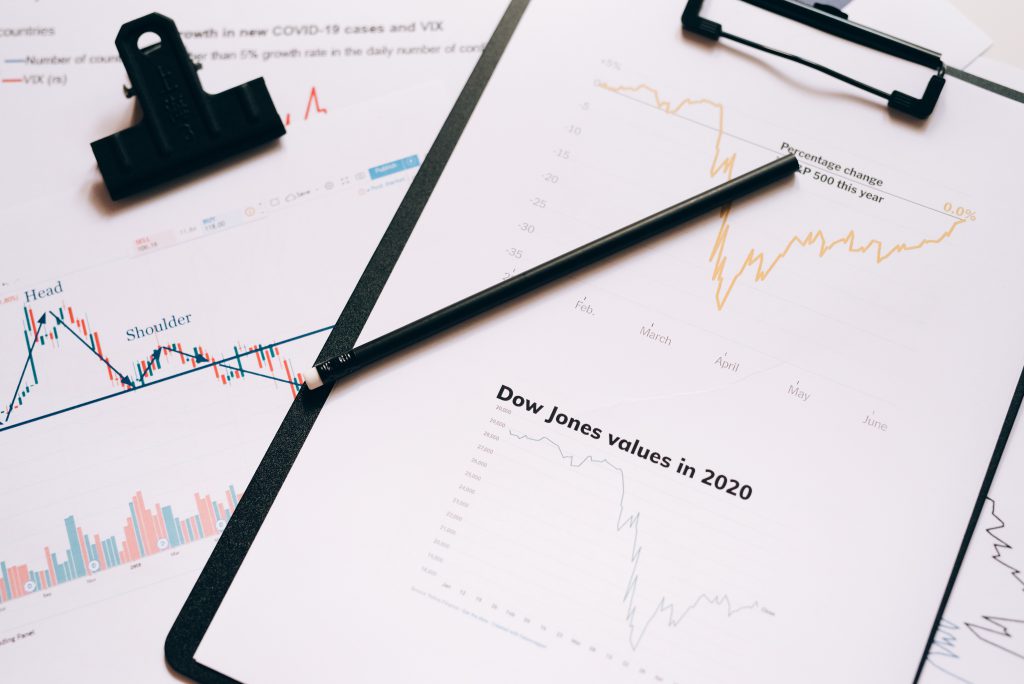Week in a Nutshell (21st November – 25th November)

Technical talks
NIFTY opened the week on 21st November at 18,174 and closed at 18,484 on 25th November. The index gained 1.3% during the week. The index’s next support and resistance levels would be 18,400 and 18,600 respectively. The weekly RSI (14) of 65 indicates the index is in the overbought zone.
Among the sectoral indices, MEDIA (+2.5%), REALTY (+1.2%), and AUTO (+0.9%) were the gainers during the week while FMCG (-0.3%), FINANCIAL SERVICES (-0.3%), and BANK (-0.2%) led the losers.
Weekly highlights
- The US markets had a truncated week as the markets were closed on 24th November due to Thanks Giving and closed early on 25th November due to Black Friday sales. The S&P 500, NASDAQ and Dow Jones Industrial Average gained 1.5%, 0.7%, and 1.7% respectively.
- Both Brent crude and West Texas Intermediate closed in green at $83.84 and $76.55 per barrel respectively.
- US Fed’s November 2022 meeting minutes were released, indicating that the rate hikes could moderate due to improved economic data.
- India and Australia signed a Free Trade Agreement (FTA), which is projected to promote Indian exports to Australia in textiles, jewellery, information technology, steel, and leather areas.
- Covid instances are on the rise in China, and there are growing fears that the country, which is one of the world’s top consumers, could tighten restrictions following several reported fatalities from the virus.
- The government has imposed a 10-year term limit for Managing Directors (MD) of state-owned banks, which bodes well for PSBs.
- During the week Foreign Institutional Investors (FIIs) net sold shares worth Rs 14,790 mn, and Domestic Institutional Investors (DIIs) net bought shares worth Rs 17,810 mn.
Things to watch out for next week
- US markets will be watching Black Friday sales performance, which is a proxy for the strength of the consumer and retail sectors in the United States. With the Job Openings and Labor Turnover Survey (JOLTS), ADP’s National Employment Data, and the Labor Department’s November nonfarm payrolls report, the labour market will also be in the focus. The Case-Shiller National Home Price Index and Freddie Mac’s House Price Index (HPI) for September will provide the most recent data on home prices. The Bureau of Economic Analysis (BEA) will release its October Personal Consumption Expenditures (PCE) Price Index on Thursday, providing an update on consumer inflation.
- In India, investors will be watching the 2QFY22 GDP growth rate data, published on November 30th, and the monthly vehicle volume data for November.
Disclaimer: “The views expressed are for information purposes only. The information provided herein should not be considered as investment advice or research recommendation. The users should rely on their own research and analysis and should consult their own investment advisors to determine the merit, risks, and suitability of the information provided.”

 Update on the Indian Equity Market:
Update on the Indian Equity Market: